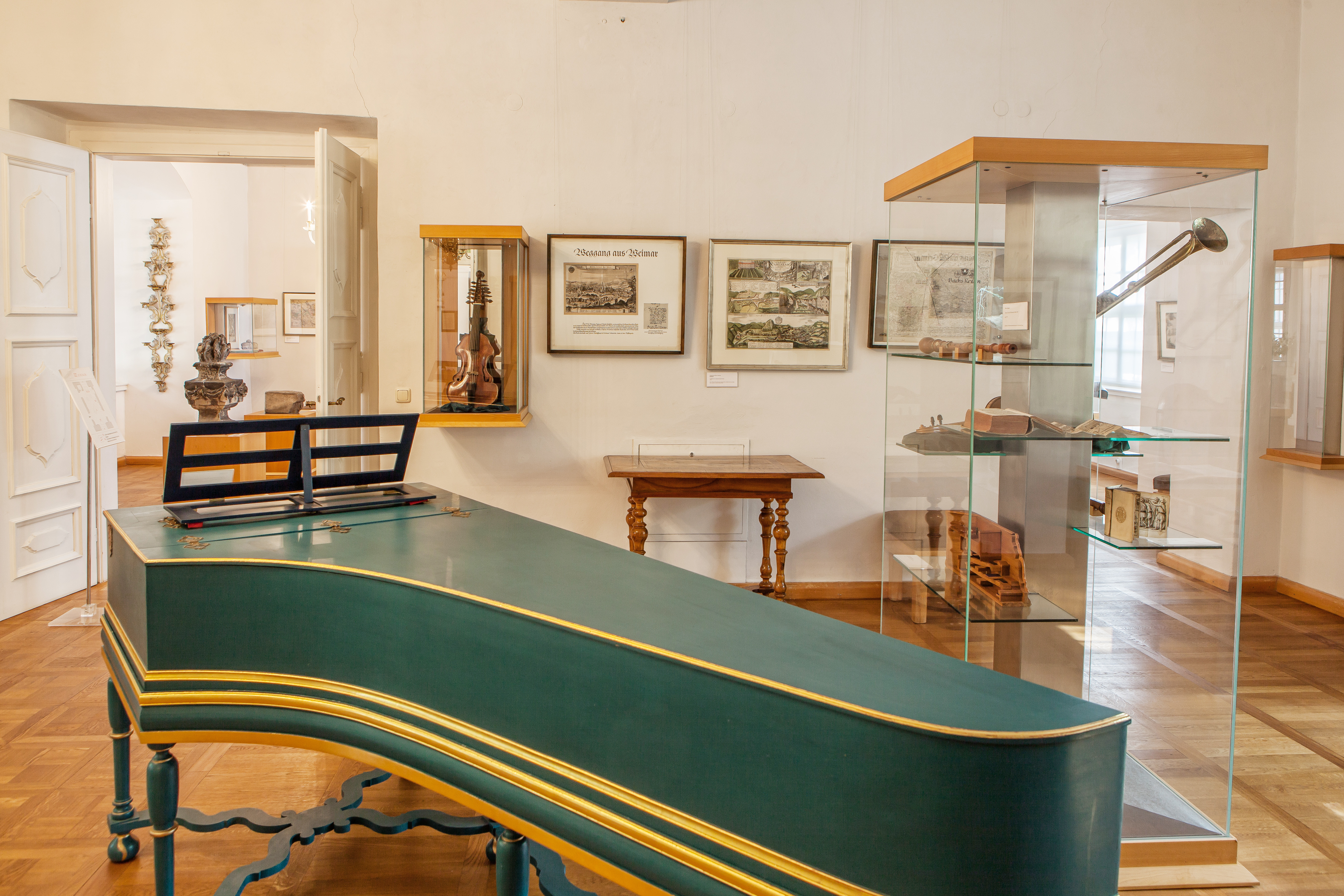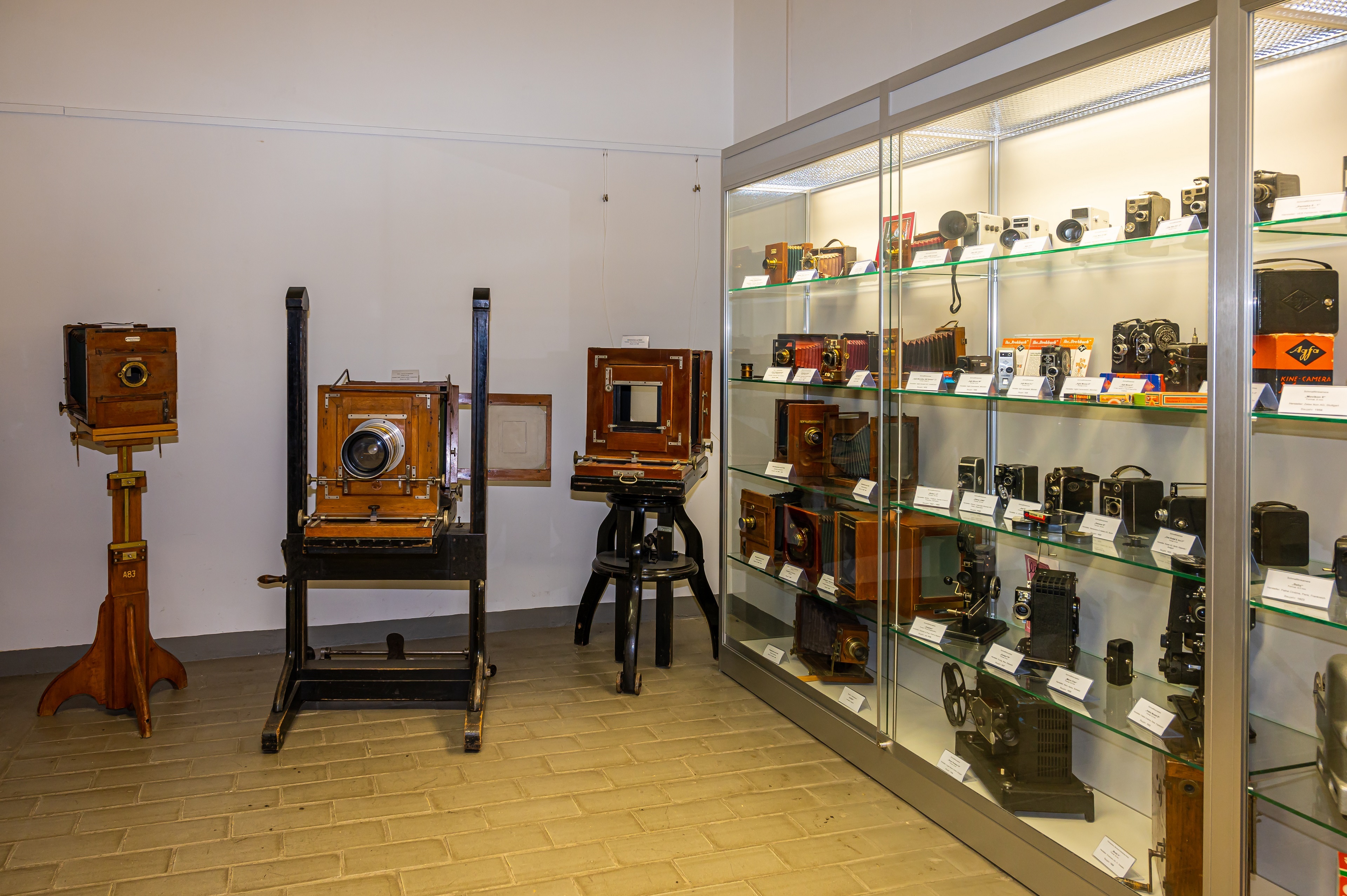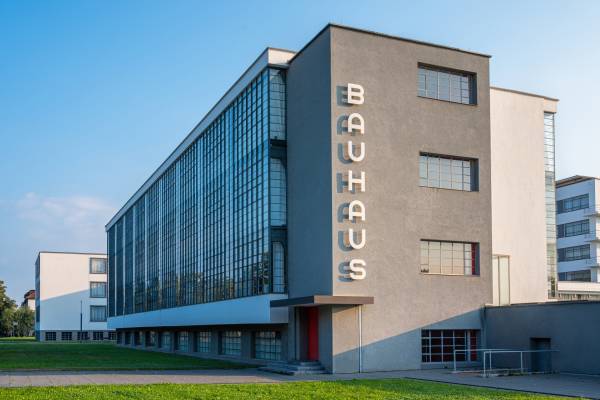




Places connected to women (FrauenOrte) in Anhalt
Understanding the state of Saxony-Anhalt as an exhibition site, places reflecting the realities of life and the plans made of and for women in different historical contexts. Thus, the histories of women can be experienced through a biographical/local approach.
On a cycling tour through Anhalt, visitors discover several FrauenOrte in Dessau, Zerbst, Köthen and Bernburg. The tour can be extended by adding a detour to Oranienbaum or a stop in Bitterfeld-Wolfen. We recommend cyclists to combine several bike paths: the Fläming path from Dessau to Zerbst, the Saale path to Bernburg and the Euro-Route R1 to Köthen and back to Dessau.
The FrauenOrte are marked by uniformly designed panels using a red-green logo. Learn more about the stories of Duchess Louise Henriette Wilhelmine of Anhalt-Dessau (wife to Prince Franz III), Tsarina Katharina II of Anhalt-Zerbst or the Fröbel pedagogue Angelika Hartmann in Köthen

FrauenOrte - Frauengeschichte(n) in Sachsen-Anhat
Koordinierungsstelle
Anke Triller
Falladaweg 9
06126 Halle (Saale)
www.frauenorte.net
info@frauenorte.net
Tel. 01520 3905024
FrauenOrte along the route

Castle Dessau
Through Henriette Catharina, Anhalt-Dessau received essential economic and cultural impluse from the progressive Netherlands during its reconstruction after the 30 Years War under Johann Georg II. Her prudent regency (1693 - 1698) for the minor hereditary prince Leopold I was characterized by wise prudence and strength of will.
» Learn more

Luisium Palace
In 1774, Prince Leopold III Friedrich Franz of Anhalt-Dessau gave the "Vogelherd," located not far from the Dessau Residence Palace, to his wife Louise Henriette Wilhelmine, née von Brandenburg-Schwedt. The intimate living quarters of the house are decorated, among other things, with numerous allegories of female virtues such as gentleness, taming desire, or loyalty and friendship.
» Learn more

Dessau: House of the Regional Authorities
The November Revolution introduced active and passive suffrage for women in 1918 – a right that women in Germany had been demanding since 1848. In the Free State of Anhalt, women could vote for the first time on December 15, 1918. But it was not until a year later that the first woman, Marie Kettmann, entered the state parliament.
» Learn more

Bauhaus Dessau
With the founding of the Weimar Republic, women finally had free access to art colleges, and they took advantage of their opportunities: In April 1919, the first students enrolled at the newly founded "Staatliches Bauhaus Weimar" - a good half of them were female.
» Learn more

Oranienbaum
Henriette Catharina came from the House of Orange-Nassau, one of the most distinguished courts and most important dynasties in Europe. The connection with Prince Johann Georg II of Anhalt-Dessau (1627-1693) was an important contribution to the continuation of the Orange dynasty for the principality of Anhalt. Manufactories were founded, the city of Dessau was given a new face, large areas of the land were reclaimed with dikes and canals, and schools and old people's homes were built.
» Learn more

Collection of Catherine II in Zerbst
Princess Sophie Auguste Friederike of Anhalt-Zerbst, Russian Tsarina Catherine II (1729-1796), was the most powerful woman of the 18th century. The "Collection Catharina II" is the starting point for a city tour along the completely preserved city wall, past historical places of school education for girls.
» Learn more

Birthplace of Jenny Hirsch, Zerbst
Coming from a Jewish home in Zerbst, Jenny Hirsch (Nov. 25, 1829-March 10, 1902) became one of the leading figures of the early women’s movement in the second half of the 19th century.
» Learn more

Peace Park Köthen
On 20.10.1684 Maria Barbara, the fifth and youngest daughter of the organist and town clerk Johann Michael Bach, was born in Gehren. In Arnstadt, Maria Barbara met her great cousin Johann Sebastian Bach, then an organist at the New Church (Bachkirche). The two were married on October 17, 1707 in Dornheim.
» Learn more

Angelika Hartmann monument, Köthen
In 1864 Angelika Hartmann founded the first non-denominational kindergarten in her native town of Köthen as an alternative institution to the existing "Kinderbewahranstalt der Heinrichs-Stiftung", a place to "keep children under guidance". Her kindergarten used the ideas of F. W. A. Froebel (1782-1852) successfully.
>Learn more

Memorial for the victims of the Nazi euthanasia program
Between 1940 and 1941, over 9,000 inmates of sanatoriums and nursing homes were killed in a gas chamber at the Bernburg Euthanasia facility. These murders were committed with the support of women who uncritically sided with the National Socialist regime and made their contribution to organized mass murder in both as administrative clerks and medical practitioners.
» Learn more

Industrie- und Filmmuseum Wolfen
For 85 years, the Wolfen film factory was the workplace for many women in the region, whose nimble hands were employed in the packaging of the films and the production of chemical fibers. With over 8000 female employees, the film factory had the largest female workforce in the GDR in the 1980s.
» Learn more
